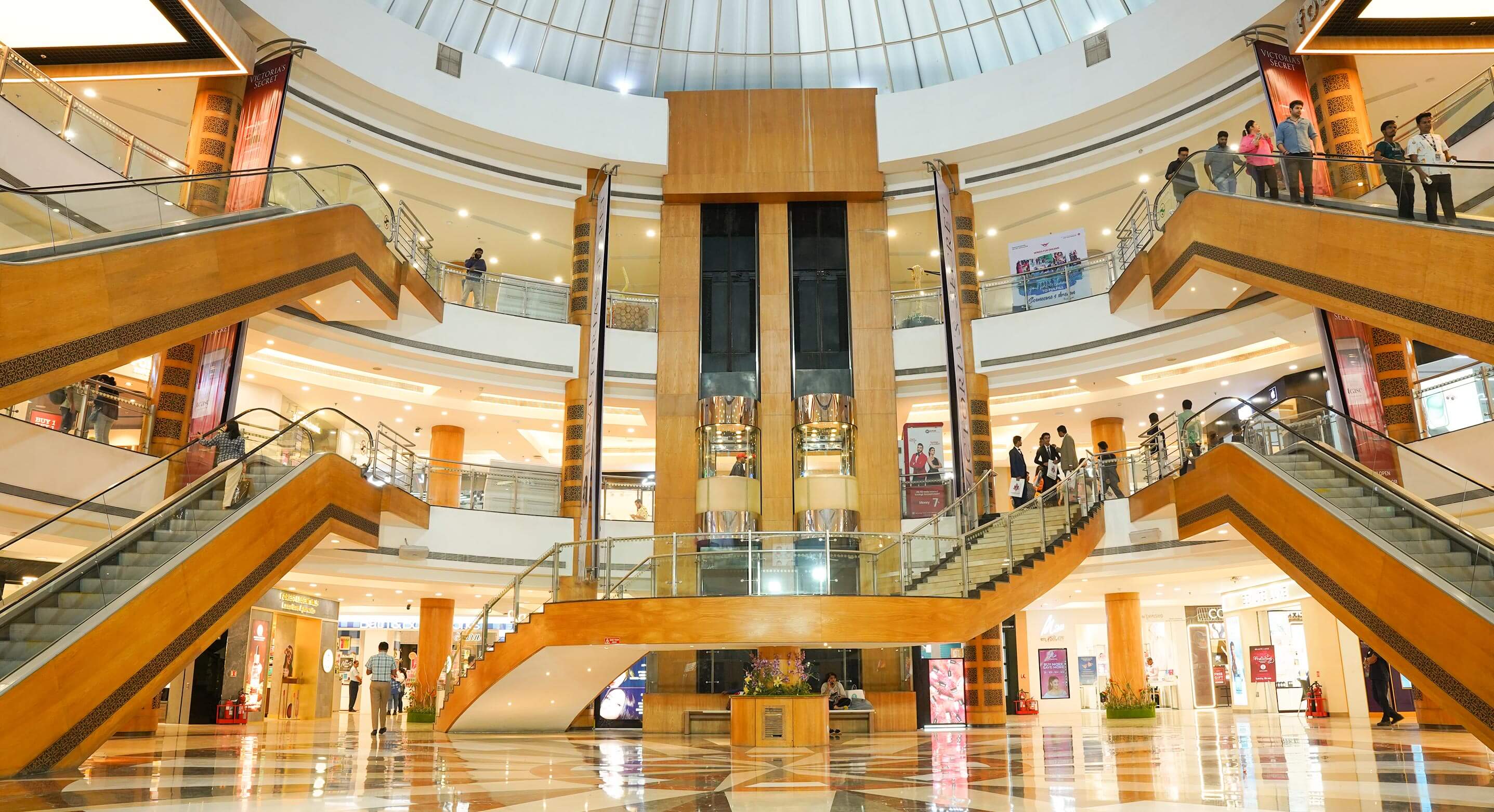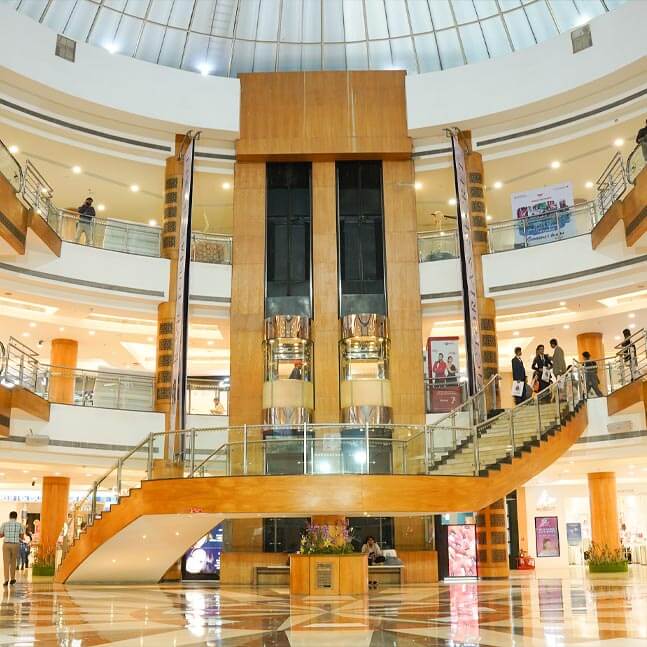News
Rising incomes, aspirations, consumption draw mall developers to tier II cities
The combination of rising income levels, increasing aspirations, and a surge in consumption levels has turned India’s tier II cities into attractive investment destinations for mall developers and institutional investors.
With expanding middle-class populations eager to engage with premium brands and modern retail formats, cities like Nagpur, Chandigarh, Lucknow, Jaipur, Udaipur, Ahmedabad, Surat, Coimbatore, Kochi, Bhubaneshwar, and Indore are evolving into consumption hubs. This trend is attracting interest from mall developers, brands, and investors alike.
Two weeks ago, K Raheja Corp's Inorbit Malls acquired a 6.5-lakh-sq-ft retail property in Hubballi, Karnataka, for over Rs 400 crore. On the same day, Phoenix Mills won bids for two land parcels in Mohali, Punjab, for Rs 891 crore. A month earlier, Phoenix Mills had acquired a 9-acre plot in Coimbatore for Rs 370 crore.
“Tier II and III cities of India have become a significant area of focus for investors and developers in recent years, driven by urbanization, rising disposable incomes, and changing consumer behaviours. Malls are gaining prominence too as a lifestyle hub, offering a mix of retail, entertainment, and dining options,” said Rahul Arora, Head - Retail Services & Office Leasing Advisory, Senior Managing Director (Karnataka, Kerala) India, JLL.
However, he also added that development in transportation and urban infrastructure will be crucial for the successful establishment of retail spaces in these cities.
“Rapid urbanisation has also helped smaller towns to grow, we see better education and health infrastructure in these cities, with social media connecting citizens across, the consumer behaviour in these cities has evolved, becoming more aspirational, and seeking experiences as in metro cities,” said Rajneesh Mahajan, CEO, Inorbit Malls.
This shift, according to him, makes these markets attractive for investment, as latent demand is significant. However, the supply of quality retail infrastructure is limited, presenting opportunities for brands and developers to enter these markets. The company’s recent foray into Hubballi market exemplifies this trend.
The Blackstone Group-backed Nexus Select Trust has also factored in promising tier II cities in its growth plan.
“Our focus for acquisitions will be on consolidating presence in 14 cities we are already present in. We will then consider state capitals and tier II cities where consumption is showing robust growth,” Dalip Sehgal, CEO, Nexus Select Management, the manager of the REIT, had told ET in an earlier interaction.
Large grade-A malls and prominent high streets are rapidly being developed in these tier-II cities, mirroring the retail environment traditionally seen in metropolitan areas. Unlike the saturated markets in tier-I cities, tier-II regions offer the opportunity for fresh developments, lower land costs, and a more welcoming regulatory environment.
The retail real estate landscape is ever evolving, with over 30% of institutionally held retail assets or around 9.12 million sq ft now located across India’s 12 tier II and III cities, showed JLL India data. These cities are experiencing a surge in new retail supply, with 25 million sq ft of retail developments expected to come on stream in next five years.
Consumers in these regions now seek the same engagement levels with global and national brands that their counterparts in metros enjoy.
From luxury brands like Zara and H&M to local giants such as Reliance Trends and Decathlon, many retailers are already making their way into these emerging markets. Investors are also flocking to tier II cities as they offer significantly higher returns compared to overcrowded tier I markets.
Retail real estate in these cities is relatively affordable, and with rapid urbanization, improved infrastructure, and better connectivity, these regions are becoming increasingly viable for long-term retail investment.
The availability of space at relatively lower cost allows for large-scale developments, which draw in both domestic and international brands eager to cater to this growing consumer base.
Source: The Economic Times



